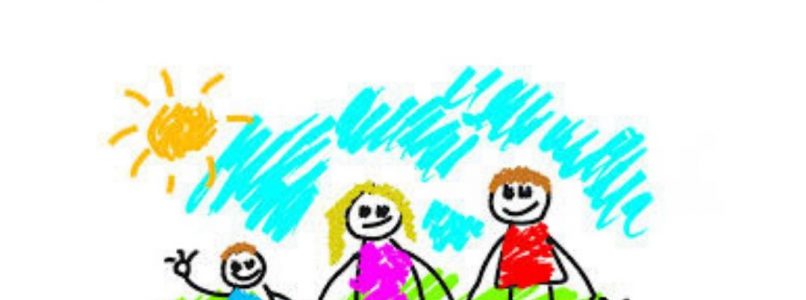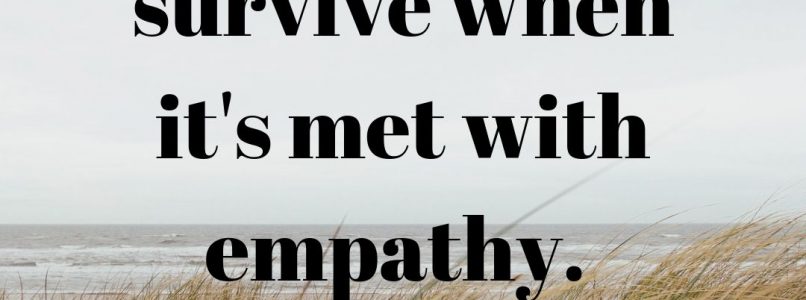 During the years that my family lived in ID. my dad was an over the road salesman. He bought a Cadillac and I hated that car. Every time we drove to my grandparents’ home in Afton, WY., with all the kids packed in the back seat, I would ruminate on my dad’s selfishness in buying such a stupid car for such a large family. Why didn’t we have a station wagon?
During the years that my family lived in ID. my dad was an over the road salesman. He bought a Cadillac and I hated that car. Every time we drove to my grandparents’ home in Afton, WY., with all the kids packed in the back seat, I would ruminate on my dad’s selfishness in buying such a stupid car for such a large family. Why didn’t we have a station wagon?
And here was another thing. He ate cold hot dogs in his hotel room. I loved cold hot dogs. In our money-strapped home, a hot dog was a fabulous treat. I knew he ate them because on occasion he had leftovers and brought them home. I thought he was the luckiest person on the planet.
After my dad passed away, while remembering these old memories, I had a moment of clarity. It came because I was older and wiser.
My dad was an over the road salesman because he only had a high school degree. Fortunately, he was a gifted salesman. He could sell you your shoes even if they were worn out. He needed to be good at it because it was commission work and he had a family of eleven to feed, clothe, and house.
To do well and keep his commissions high he drove an expensive car and wore very nice suits, both items we could ill afford. But they made my dad look successful and helped him be successful. He probably wished we had a station wagon too. It would have cut down on the back seat arguing and chaos.
And the hot dogs. He ate cold hot dogs with buttered bread and milk in his room to save the money that eating out would have cost. They weren’t a treat for him but a major sacrifice. He did this for years!
When I was a young mother my husband sold dental supplies. He would leave early Monday morning and return home Friday evening. He traveled the western half of the state of Montana. When he came home on Friday, he would ensconce himself on the couch with all the kids and watch television. On Saturday he would play ball, do errands with the kids, and hang out. How irritated I felt that he would leave me all week to manage everything while he slept in hotels, ate out, and had lots of quiet. I felt a better use of his time at home would have been to take me on a date or help me with the chores. After all, I had been home alone with six kids all week! I thought he was the luckiest person on the planet.
Years later, in a weak moment, for he is a man of few words, he confessed how desperately lonely he was on those long drives. How he longed to be with his family. How dreamed about home-cooked dinners filled with the chatter and arguing of children and spilled milk. He confessed that he hated being in sales. He told me of the close calls he had on snow-covered roads and his dread that someday he might not make it home. He felt I was the luckiest person on the planet surrounded by our children, in the warmth of a safe home, on a blustery winter night.
We each know our own story. We know what’s happening in our lives. We’re aware of our loneliness, our overwhelm, our shortcomings. But it’s harder to see the reality of another person’s life. We may look at their situation compared to our own and envy them. We may feel what we bear is unfair compared to what they bear. We may be resentful and judgmental. But our families will run better if we extend compassion, if we suspend judgment. This isn’t easy but it is doable.
In 1 Corinthians, in the Christian Bible, the Apostle Paul compared our imperfect knowledge of others as viewing them through a polished metal mirror of the period he lived in. He termed it ‘seeing through a glass darkly.’ I’ve always loved that image. When I’m in a place of resentment and blame, I remind myself that I’m probably seeing through a glass darkly. Then I take a second look at the story I’m telling myself to see if I can clear the lens and get a more truthful picture.
Five Tips to Clear Your Lens
1. Suspend judgment. You can only see the outward behavior. You don’t know the heart or motives of another person. When we judge we’re using our experience? They are behaving from theirs. Ask questions. Actively listen. Get clarity before you judge.
2. Take responsibility and stop blaming. You have control over what you think, which gives you control over how you feel. When we choose to tell ourselves stories that blame others, we decide to become victims. Blame is always an indicator there’s a problem with our way of being or how we perceive what’s happening. Check your story. Be honest with yourself.
3. Decide to think the best of others. Give people the benefit of the doubt. In most cases, we’re all doing the best we can. When we decide to think the best of others, we can manage our thoughts and the resulting stories more effectively.
4. View them as a person. Regardless of what another person is doing view them as a person. Treat them as you would want to be treated if you were in error.
5. Forgive. Even if the other person is in the wrong, even if they do have a better deal than you, when you hold on to resentment and blame it only hurts you. When you extend forgiveness to others and yourself you increase your ability to be happy.
Families are filled with opportunities to judge harshly, blame, and feel resentment. As we practice clearing the lens that we see our family members and our circumstances through we will have more personal peace and family harmony.
The luckiest person on the planet is the one who sees through a clear lens.








 There’s a tree in our back yard that is growing faster on one side than on the other. The other morning my daughter gave me her impression as to why this tree is so lopsided.
There’s a tree in our back yard that is growing faster on one side than on the other. The other morning my daughter gave me her impression as to why this tree is so lopsided. we could I built garden boxes for my patio and I’ve tended them with loving care. I feed them and I prune them. I deadhead the flowers every day, so they’ll keep blooming. I water. I am consistent.
we could I built garden boxes for my patio and I’ve tended them with loving care. I feed them and I prune them. I deadhead the flowers every day, so they’ll keep blooming. I water. I am consistent.
 Here is the definition of shame – a painful feeling of humiliation or distress caused by the consciousness of wrong or foolish behavior.
Here is the definition of shame – a painful feeling of humiliation or distress caused by the consciousness of wrong or foolish behavior.
 What if you went Screen-Free, as a family, for a WHOLE MONTH!! Do you think you could do it? Would your family go nuts? Would everyone crack up? Would the fighting increase? Yikes!! A whole month!!
What if you went Screen-Free, as a family, for a WHOLE MONTH!! Do you think you could do it? Would your family go nuts? Would everyone crack up? Would the fighting increase? Yikes!! A whole month!!
 We all have traditions. Our family had many traditions. Some were built around holidays or special family days. Many were built around spiritual and religious beliefs.
We all have traditions. Our family had many traditions. Some were built around holidays or special family days. Many were built around spiritual and religious beliefs.
 Recently, I posted a photo on Facebook of my twelve-year-old granddaughter making cupcakes. She has cerebral palsy and so it requires some special accommodation to cook with her. We’ve been cooking together now, for many years.
Recently, I posted a photo on Facebook of my twelve-year-old granddaughter making cupcakes. She has cerebral palsy and so it requires some special accommodation to cook with her. We’ve been cooking together now, for many years. 3-18-2010
3-18-2010 and the chair on the table. Jack, of course, took his position on one of the kitchen chairs.
and the chair on the table. Jack, of course, took his position on one of the kitchen chairs. Next came the eggs. I showed Jack and Maggie how to break one and get the contents out. Woohoo!! Whacking eggs suited Jack just fine. He gave it a whack and voila! egg all over the table. Not to worry. We just picked out the eggshells and scraped the egg into the bowl. Good thing we started with a clean table.
Next came the eggs. I showed Jack and Maggie how to break one and get the contents out. Woohoo!! Whacking eggs suited Jack just fine. He gave it a whack and voila! egg all over the table. Not to worry. We just picked out the eggshells and scraped the egg into the bowl. Good thing we started with a clean table. I could help 25-30 kids by myself. But I’m going to be honest here. It went so smoothly because the project was about me and not about the children.
I could help 25-30 kids by myself. But I’m going to be honest here. It went so smoothly because the project was about me and not about the children.
 March 4th was the birthday of Dr. Seuss.
March 4th was the birthday of Dr. Seuss. One classic that my children loved was The Little Red Hen. Yup, it’s a classic. I know that we think of classics as dry and boring, but they aren’t. Here’s a link to a wonderful list of classic books I put together that kids and families will love.
One classic that my children loved was The Little Red Hen. Yup, it’s a classic. I know that we think of classics as dry and boring, but they aren’t. Here’s a link to a wonderful list of classic books I put together that kids and families will love. which he knew he shouldn’t share, and which caused his older brother some embarrassment. Later in a private moment, the younger boy said to his mom, “I guess I have taken some of the boards off of my house”, in reference to a comment by Ralph, the lead character in the book. Ralph was referring to doing something that was destroying his house of character.
which he knew he shouldn’t share, and which caused his older brother some embarrassment. Later in a private moment, the younger boy said to his mom, “I guess I have taken some of the boards off of my house”, in reference to a comment by Ralph, the lead character in the book. Ralph was referring to doing something that was destroying his house of character.

 Dad: I’m reading a book Called Lord of the Flies. I don’t like the story very much. It’s sad.
Dad: I’m reading a book Called Lord of the Flies. I don’t like the story very much. It’s sad.